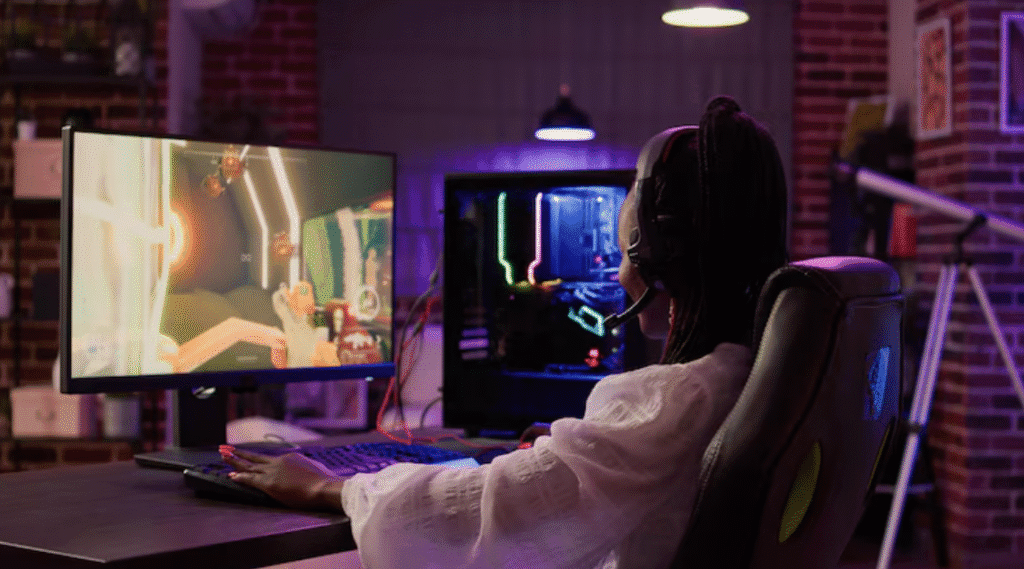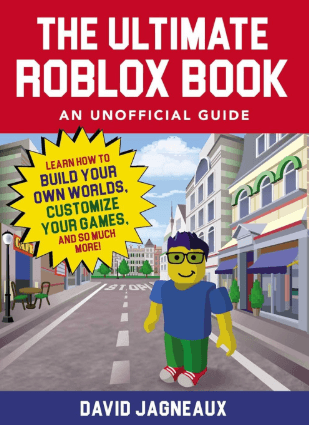Over the past two decades, indie PC games have evolved from a niche curiosity into a cornerstone of the gaming industry. What began as passion projects coded by small teams or solo developers now frequently rivals—or even surpasses—AAA titles in innovation, storytelling, and emotional impact. This rise wasn’t accidental. It was powered by accessible tools, supportive communities, and an appetite among players for new, bold, and original experiences.
1. What is an Indie Game?
Indie (short for independent) games are created without the financial backing of major publishers. While this independence means smaller budgets and smaller teams, it also allows for creative freedom and experimental gameplay that would often be considered too risky for larger studios.
Unlike mainstream blockbusters, indie games typically focus on unique art styles, narrative innovation, or novel game mechanics. They often tell personal stories, explore social issues, or introduce completely new ways to play.
2. The Early Days: Innovation Against the Odds
In the early 2000s, making a successful indie game was exceptionally difficult. Developers lacked funding, exposure, and accessible platforms for distribution. A few notable pioneers began to break through, however:
- Cave Story (2004) proved that a solo developer could make a hit game.
- Braid (2008) introduced the idea that indie games could offer deep philosophy and puzzle design.
- World of Goo and Limbo helped establish the value of stylistic storytelling.
These early successes paved the way for more developers to take the plunge.
3. The Steam Effect
Valve’s Steam platform, launched in 2003, revolutionized indie game distribution. With the advent of Steam Greenlight (and later Steam Direct), small studios could publish their games directly to a massive audience.
Steam sales and bundles made indie games more accessible and affordable. Games like:
- Hotline Miami
- Papers, Please
- Don’t Starve
- The Binding of Isaac
…found devoted followings, earning both critical acclaim and commercial success.
4. The Indie Explosion (2015–2020)
This period saw a massive boom in indie PC games. Game engines like Unity and Unreal Engine became free or low-cost for small creators, while YouTube and Twitch offered powerful new ways to market games without a big ad budget.
Titles like:
- Undertale (2015): A heartwarming, genre-defying RPG made almost entirely by one person.
- Stardew Valley (2016): A farming sim that became a global obsession.
- Hollow Knight (2017): A Metroidvania masterpiece that proved indie games could offer AAA-level polish.
- Celeste (2018): A beautiful, emotional platformer about mental health.
These games didn’t just succeed—they reshaped the industry, proving indie games could tackle meaningful themes while offering tight, unforgettable gameplay.
5. A Culture of Innovation and Risk
One of the defining traits of indie games is their willingness to take risks. Unlike big-budget titles that often stick to proven formulas, indie developers frequently explore topics and mechanics never seen before.
Examples:
- Return of the Obra Dinn (2018) is a murder mystery in a monochrome art style that feels like reading a detective novel.
- Disco Elysium (2019) removed combat entirely, focusing on dialogue and moral decisions in a haunting dystopia.
- Loop Hero (2021) turned the traditional RPG on its head by blending idle mechanics with deep strategy.
This experimentation is what keeps indie gaming fresh, surprising, and deeply personal.
6. Modern Platforms and Trends
While Steam remains the dominant platform, others have emerged to support indie growth:
- Itch.io caters to experimental, avant-garde titles and game jams.
- Epic Games Store has offered major deals to indie developers.
- Xbox Game Pass for PC and Humble Choice help smaller games reach large audiences.
Trends like pixel art, roguelikes, cozy games, and narrative adventures continue to thrive. Meanwhile, themes like mental health, LGBTQ+ stories, and environmentalism are increasingly explored, offering meaningful representation rarely seen in AAA games.
7. Challenges Facing Indie Developers
Despite the success stories, indie devs still face significant hurdles:
- Oversaturation: Thousands of games are released every year on Steam alone.
- Marketing: Without a publisher, visibility is hard to achieve.
- Financial risk: Many devs spend years making games without knowing if they’ll ever break even.
Still, supportive online communities, crowdfunding platforms like Kickstarter, and global game jams offer avenues for hopeful developers to build and share their dreams.
8. The Future of Indie PC Games
The next era of indie gaming looks just as exciting. With the rise of AI tools, procedural storytelling, and player-generated content, the boundaries between developer and player are blurring.
Expect more:
- Deeply personal games telling authentic stories.
- Cross-genre experimentation.
- Greater accessibility for disabled gamers.
- Collaborations between indie studios and larger publishers in hybrid models.
Above all, indie games will continue to be the heartbeat of innovation, driving the gaming industry forward in unexpected and beautiful ways.




